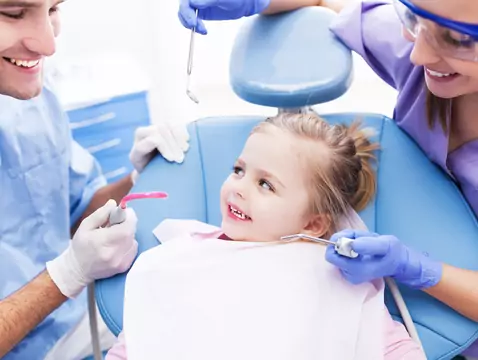The most noticeable sign of puberty in girls is the appearance of the first menstrual bleeding. First menstrual periods are usually irregular and more heavy. Excessive blood loss can carry serious consequences. One of these is excessive loss of iron leading to iron deficiency anaemia and anaemia.
Heavy and prolonged menstrual bleeding can lead to serious disturbances in the normal functioning of the entire body. The effect of significant blood loss can be the appearance of general weakness, which is the first of the symptoms of incipient or developing anaemia or anaemia. In adolescent girls, the most common type of anaemia is iron deficiency anaemia. Iron deficiency occurs when iron stores stored in tissues and organs become depleted. This most often happens in states of increased demand for this bio-element. This is undoubtedly the case during puberty in girls. At this time, the demand for iron, which is the primary source of energy, is high not only due to intensive development, but also due to increased loss of iron with menstrual blood, which is the main source of loss of this bio-element from the body. In addition, under the influence of the intensive changes taking place in the young body, its consumption in the circulatory system is very rapid.
Lack of sufficient iron leads to abnormal production of red blood cells, which results in anaemia and also reduces the body's immunity. Iron deficiency leads to disturbances in metabolic processes related to oxygen transport and intracellular respiration. During adolescence, the need for iron increases as a result of intensive growth, especially in the case of iron malabsorption or an iron-poor diet. In girls aged 14-18 years, the daily iron requirement is 15-20 mg. In order to avoid mineral and vitamin deficiencies, including iron deficiency as a result of heavy bleeding, which ensures proper development and functioning of the organism in such an important period of a young person's life, it is important to pay attention to an appropriate diet rich in iron and to take vitamin preparations and mixtures of micronutrients containing this bioelement, as often the iron contained in food is not able to cover its deficiency. Girls following a vegetarian or vegan diet are more likely to require iron supplementation. Although they consume more plant-based foods, the levels of this element in the body are often insufficient. The iron found in plant-based foods is usually non-haem iron, which is less readily absorbed by the body than the haem iron found in red meat or eggs. An inadequate supply of this micronutrient is usually the result of an inadequate diet, rich in highly processed, artificially coloured products or those containing large amounts of simple sugars. The causes of significant deficiencies of essential vitamins and micronutrients, which are necessary for proper further development, may be incorrect eating habits during childhood and adolescence. Eating more snacks and highly processed products can cause deficiencies of important nutrients including iron. Although basic eating habits are acquired in the first years of life, as the child grows up, these may change. The child begins to spend more and more time out of the house, to buy different snacks on his or her own, and to watch and imitate peers. Fashion is also of great importance. Young girls are susceptible to conforming to the norms that fashion dictates. In particular, the fashion for slimness is causing more and more girls to submit to drastic diets, which, combined with heavy periods, can ruin their bodies.








